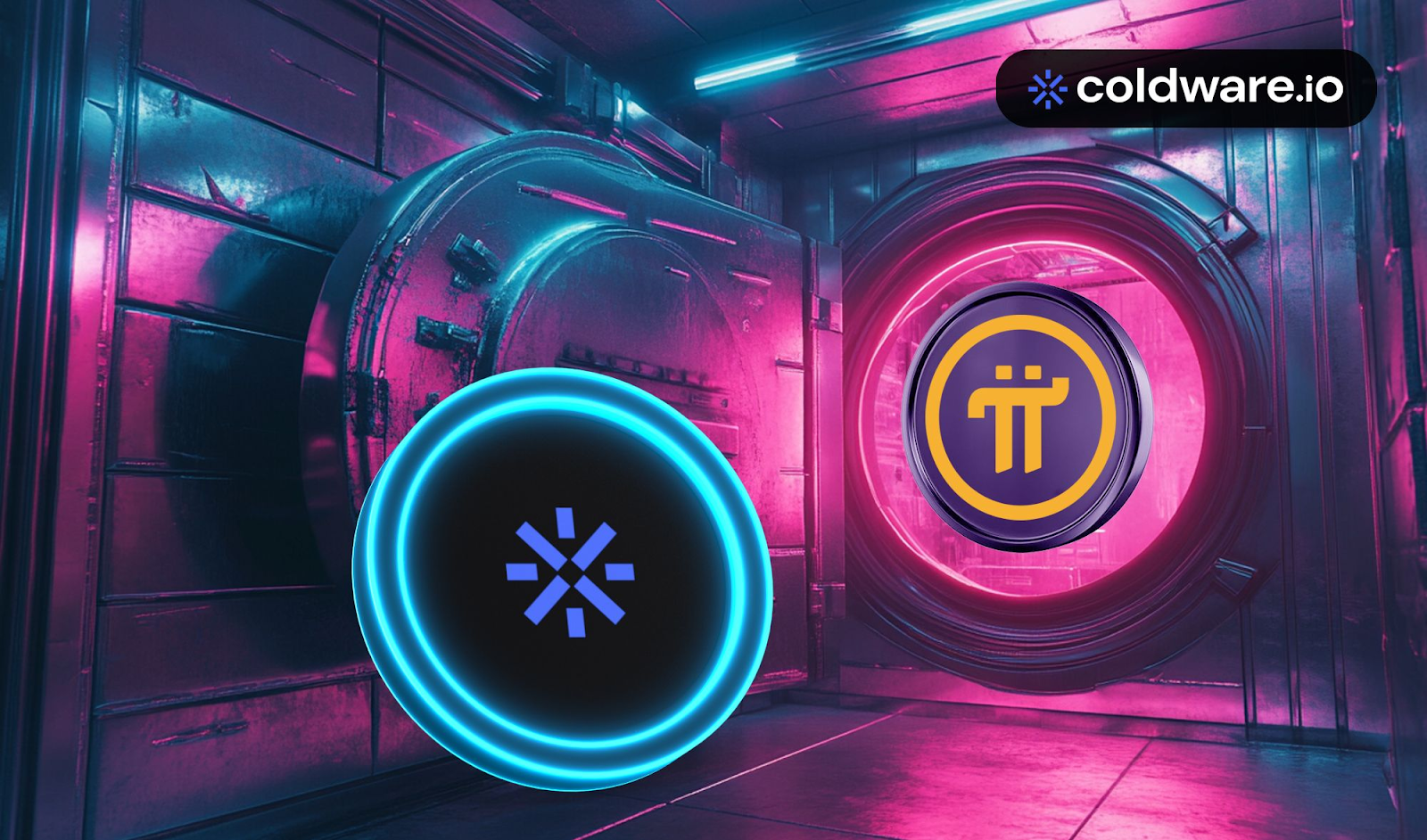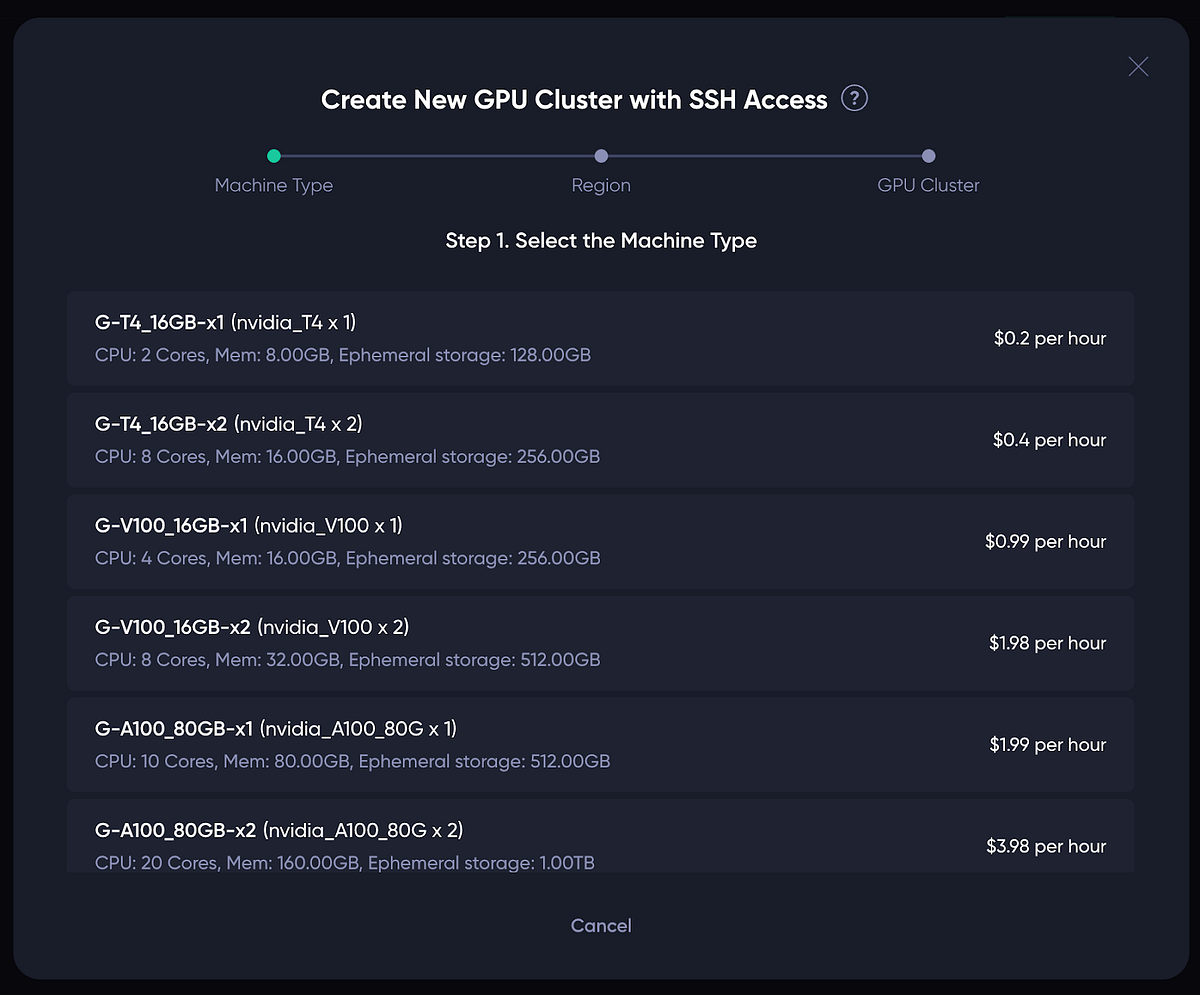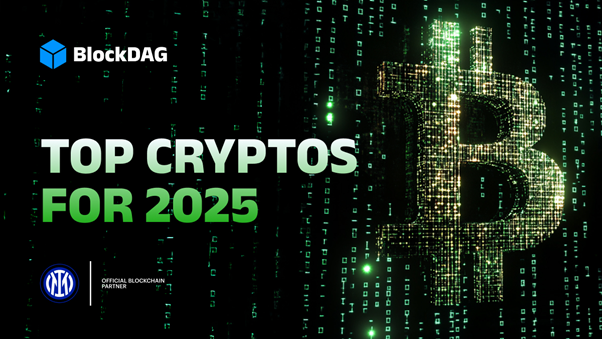U2U Network Aims to Revolutionize Decentralized Infrastructure with Innovative Solutions
Chloe Phung, co-CEO of U2U Network, recently shared insights into the evolving landscape of decentralized technologies during an AMA with Cointelegraph. She noted that while interest in projects like Filecoin began in 2017, significant momentum has been building over the past two years. U2U Network, backed by prominent investors such as KuCoin Ventures and IDG Blockchain, aims to facilitate the transition of Web2 companies to Web3. The platform is designed to support decentralized physical infrastructure networks (DePIN) and includes flagship projects like U2DPN, a decentralized VPN that addresses modern enterprise challenges, such as security vulnerabilities and high costs associated with traditional VPNs.
U2DPN has already garnered over 60,000 users from more than 70 countries within a month of its launch. Phung emphasized that U2U Network’s layer-1 platform boasts a superior Direct Acyclic Graph (DAG) architecture, which is particularly effective for high-volume microtransactions. The network has achieved impressive testing results, reaching 72,000 transactions per second (TPS) and targeting 500,000 TPS with full sharding. The Helios consensus protocol adds layers of protection to ensure security and decentralization while maintaining high scalability, making it suitable for applications in AI, DePIN, and IoT.
U2U Network’s innovative subnet technology allows for a sharing economy model, enabling node users to contribute resources like bandwidth and computing power. The recent public node sale saw all 1,000 slots sold within five hours, highlighting strong interest in the project. Phung acknowledged the competition from established Web2 giants but emphasized the importance of building awareness and demand for decentralized resources. She also addressed the challenges faced by women in the tech industry, expressing optimism for increased female leadership in Web3 startups. Overall, U2U Network is positioned to democratize access to powerful resources, benefiting both contributors and consumers alike.
Related News





